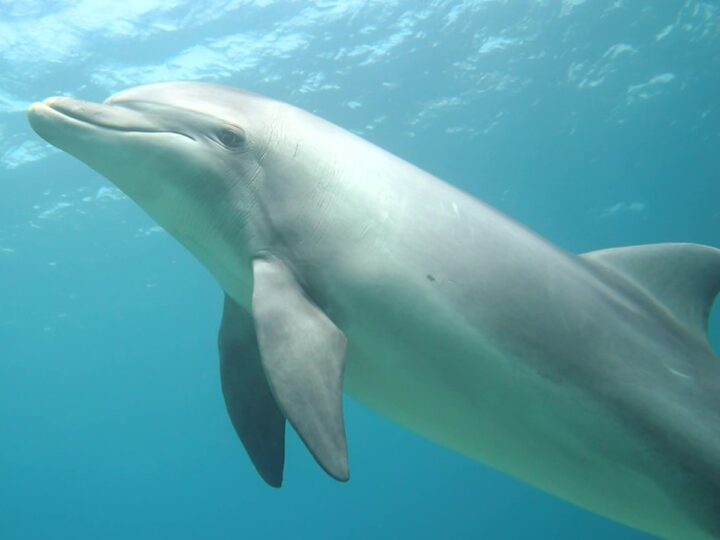If you could travel back in time to 100,000 years ago, you’d find yourself living among several different groups of humans, including Modern Humans (anatomically similar to us), Neanderthals and Denisovans.
Deni-what??
While many remains of Neanderthals have been found across Europe and Asia, the first evidence of Denisovans was unearthed only in 2008 and includes just three teeth, a pinkie bone and a lower jawbone. That’s why you probably never heard of them.
It is believed that Denisovans lived in Siberia and Eastern Asia until going extinct for unknown reasons approximately 50,000 years ago.

Now, as reported today in the scientific journal Cell, a team led by Hebrew University of Jerusalem (HUJI) researchers Prof. Liran Carmel and David Gokhman (currently a postdoc at Stanford) produced reconstructions of these long-lost human relatives.
It took them three years of intense work using cutting-edge maps showing patterns of methylation — chemical changes — in the ancient DNA extracted from that pinkie bone found in a cave in Siberia.
They first compared DNA methylation patterns among the three human groups to find regions in the genome that were differentially methylated.
Next, they looked for evidence about how those differences might translate into anatomical features — based on what’s known about disorders in which the same genes lose functionality.
The conclusion: “In many ways, Denisovans resembled Neanderthals but in some traits they resembled us and in others they were unique,” said lead author Carmel of HUJI’s Institute of Life Sciences.

In the world’s first reconstruction of the skeletal anatomy of Denisovans, Carmel and his team identified 56 anatomical features of Denisovans that differ from modern humans and/or Neanderthals, 34 of them in the skull. For example, a Denisovan’s skull was probably wider and they likely had a longer dental arch and no chin.
Carmel and his colleagues predict that like Neanderthals, Denisovans had a sloping forehead, long face and large pelvis.
Do these traits shed light on the Denisovan lifestyle? Could they explain how Denisovans survived the extreme cold of Siberia?

“There is still a long way to go to answer these questions but our study sheds light on how Denisovans adapted to their environment and highlights traits that are unique to modern humans and which separate us from these other, now extinct, human groups,” Carmel said.
Withstanding extreme temperatures and altitudes
Up to 6% of present-day Melanesians and Aboriginal Australians have Denisovan DNA. Denisovan DNA also likely contributed to modern Tibetans’ ability to live in high altitudes and to Inuits’ ability to withstand freezing temperatures, the scientists say.
As for the accuracy of their Denisovan profile, Carmel said, “One of the most exciting moments happened a few weeks after we sent our paper to peer-review. Scientists had discovered a Denisovan jawbone. We quickly compared this bone to our predictions and found that it matched perfectly. Without even planning on it, we received independent confirmation of our ability to reconstruct whole anatomical profiles using DNA that we extracted from a single fingertip.”
Professors Eran Meshorer from the Hebrew University, Yoel Rak from Tel Aviv University, and Tomas Marques-Bonet from Barcelona’s Institute of Evolutionary Biology (UPF-CSIC) contributed to this research.
Funding was from the National Geographic Society, Clore Israel Foundation, MINECO/FEDER, Howard Hughes International Early Career, ‘La Caixa, and Secretaria d’Universitats i Recerca and CERCA Programme del Departament d’Economia i Coneixement de la Generalitat de Catalunya.
Click here to see a video about the reconstruction.

















